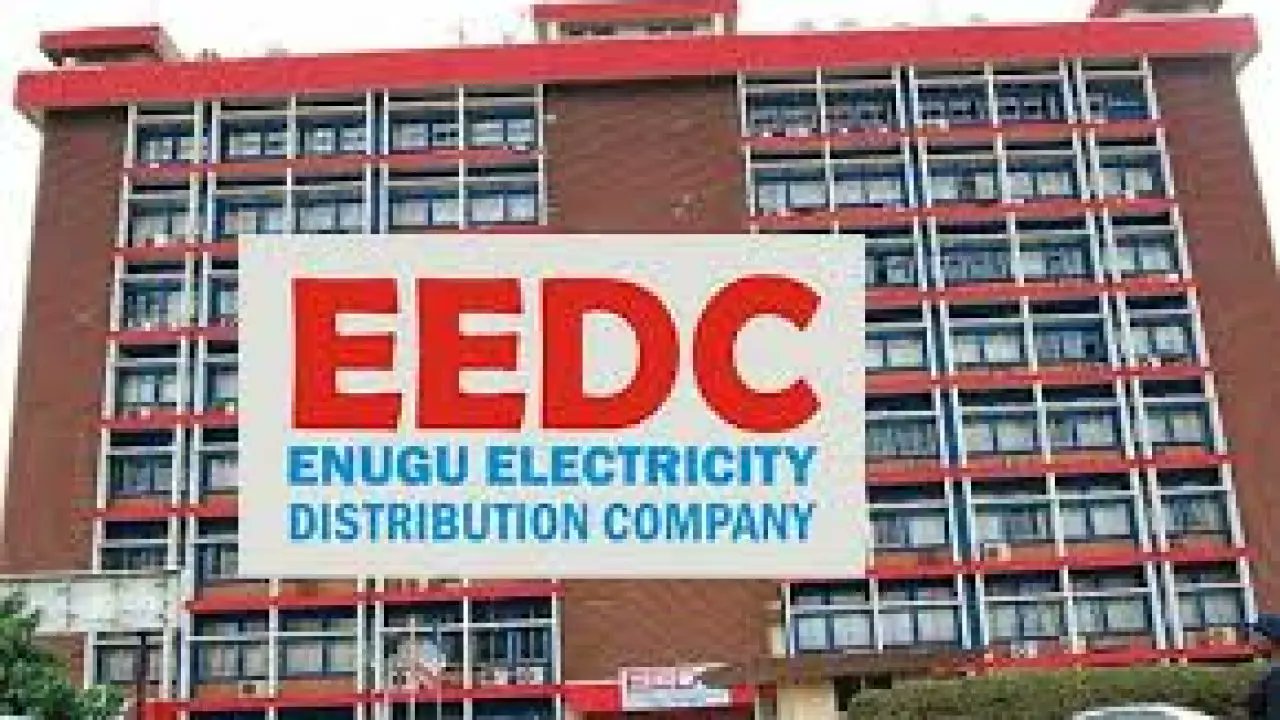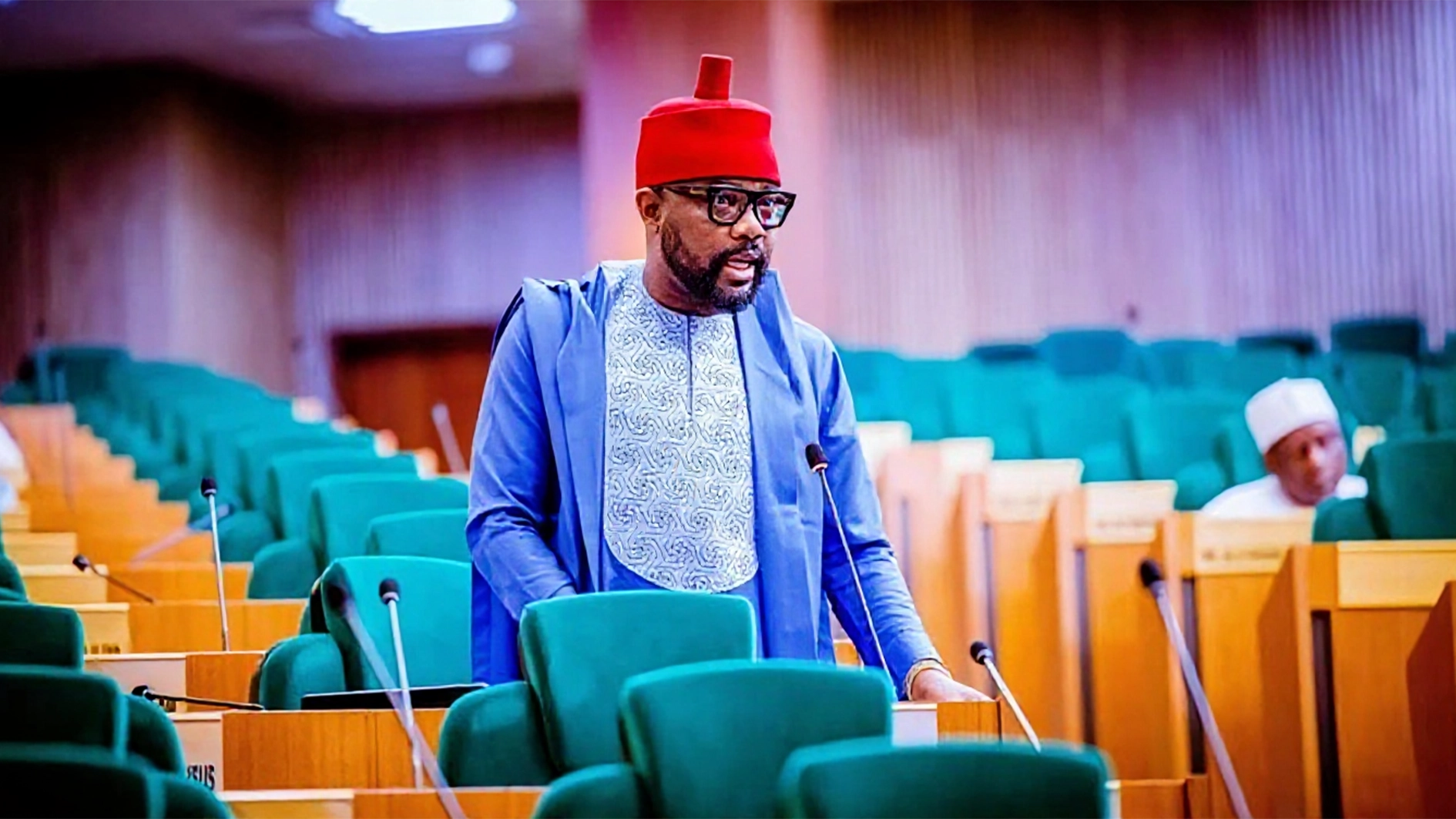Over 62 per cent of Nigeria’s grid-installed electricity generation capacity was unavailable in 2024, deepening concerns about persistent inefficiencies and underwhelming grid performance, the Nigerian Electricity Regulatory Commission (NERC) said.
The commission’s latest Annual Report paints a distressing picture of a constrained electricity sector. It shows that despite a total installed capacity of 13,625 megawatts (MW) across the country’s grid-connected power plants, only 4,853.69 MW, on average, was available daily. This translates to a plant availability factor (PAF) of just 37.43 per cent.
NERC attributes the declining generation availability to ageing infrastructure, worsening liquidity constraints and unreliable gas supply, all of which are stalling Nigeria’s electricity aspirations and exposing the grid to increased vulnerability.
The national grid suffered nine collapses in 2024 alone, raising the five-year total between 2020 and 2024 to 26 incidents.
A central reason for the sector’s lacklustre performance, according to NERC, is the deteriorating state of Nigeria’s generation assets.
“As of 31 December 2024, the average power plant in the NESI (Nigerian Electricity Supply Industry) was 22 years old,” the report notes, citing frequent unscheduled outages arising from poor maintenance and obsolete equipment.
However, the root of these maintenance lapses lies in deep liquidity shortfalls. Generation companies (GenCos) are unable to recover their costs due to consistent underpayment by distribution companies (DisCos), alongside chronic delays in government subsidy reimbursements. Without sufficient cash flows, GenCos cannot conduct routine maintenance, nor can they rehabilitate units that were non-functional at the time of privatisation.
Equally troubling is the state of gas supply. Although thermal plants account for the bulk of Nigeria’s installed capacity, only five out of 23 gas-powered plants operated under fully effective gas supply agreements (GSAs) in 2024. The remainder depend on “best endeavour” arrangements—an unreliable mode that allows suppliers to curtail delivery without notice.
The implication is that most thermal plants are vulnerable to sudden gas supply interruptions, often due to infrastructure outages or production shortfalls.
“Gas infrastructure constraints on the national gas network remain a critical bottleneck,” NERC warned.
Nigeria’s fleet of grid-connected generation plants comprises a mix of independent power producers (IPPs), privatised legacy stations, and National Integrated Power Project (NIPP) assets, relying largely on gas with limited hydropower supplementation.
Privatised plants such as Egbin (1,320 MW), Delta Gas (900 MW) and Kainji hydro (760 MW) have the capacity to anchor national supply but recorded modest PAFs of 42.30 per cent, 38.99 per cent, and 52.57 per cent, respectively, in 2024.
Plants like Ihovbor two fared better with a 93.72 per cent PAF, showing the operational advantage of more recent infrastructure.
However, many others performed dismally. Alaoji NIPP, with 500 MW of installed capacity, averaged just 0.05 MW in availability, yielding a staggering low PAF of 0.01 per cent. Omotosho 2 (500 MW) averaged only 8.67 MW, with a PAF of 1.73 per cent, while Sapele two and Afam one hovered just above 6 per cent availability.
The total generation for 2024 stood at 37,093.70 GWh, averaging 4,222.87 MWh/h. Of this, hydropower accounted for 11,469.85 GWh or 30.92 per cent, providing critical load stability, especially during periods of gas shortfalls.
The operational strain on Nigeria’s transmission grid is another red flag in the report. While average daily system frequencies, 49.28Hz (lower) and 50.83Hz (upper), remained within stress limits, voltage levels breached Grid Code specifications.
The grid operated between 299.42kV and 352.55kV in 2024, outside the normal range of 313.50kV to 346.50kV.
These voltage imbalances increase the risk of equipment failure and load rejection, especially in regions already plagued by weak transmission infrastructure.
The nine system collapses recorded in 2024 represent the highest annual count in the last five years. With four collapses in both 2020 and 2021, six in 2022, and three in 2023, the rising trend points to systemic fragility.
NERC has recommended strict adherence to Section 22.3 of the Grid Code, which mandates the System Operator to schedule outages in a way that prevents gross availability dips. The commission is also urging GenCos to synchronise maintenance plans with gas pipeline operators to avoid simultaneous outages.
Reversing the sector’s decline, according to NERC, hinges on improved financial discipline across the power value chain. DisCos must remit full payments to the market to ensure GenCos can fund both routine and capital-intensive maintenance.
Also, the Federal Government must accelerate subsidy payments to prevent further liquidity erosion.
Equally vital is the resolution of gas contracting bottlenecks. NERC argues that transitioning all gas plants to fully effective GSAs would stabilise fuel supply, reduce generation volatility and boost availability.
“The overall availability factor of power plants in NESI remains a major barrier to improved electricity delivery. Addressing plant unreliability and fuel insecurity must be treated as a national priority,” the report said.






